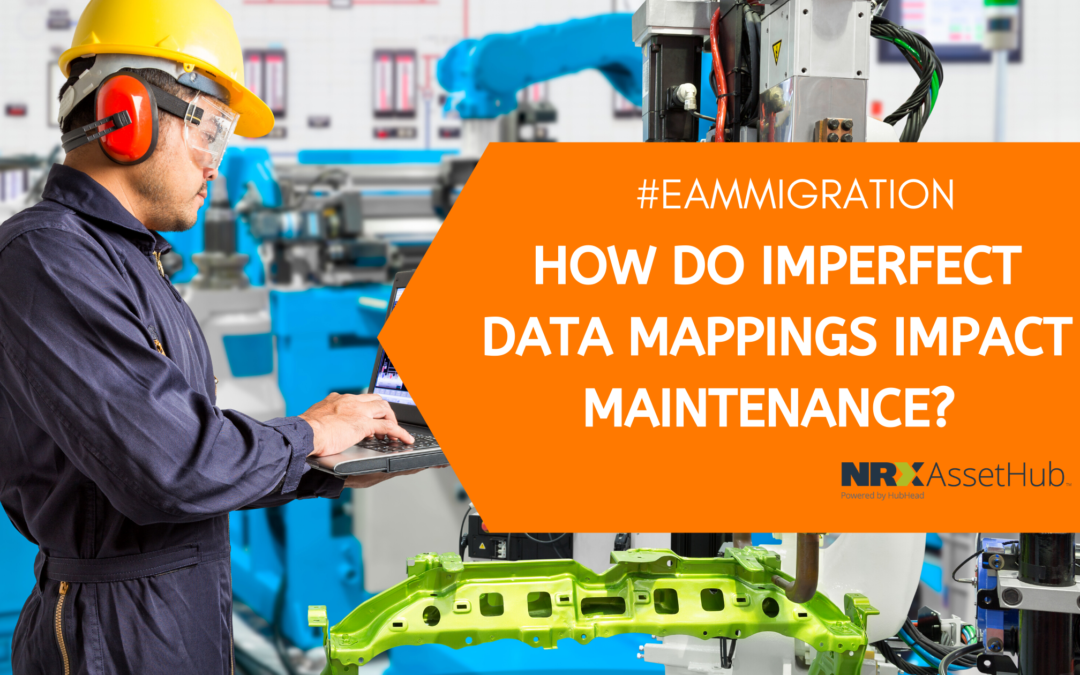
The NRX Blog

Benefits of Implementing an International Standard
There are numerous factors that determine whether your asset hierarchy is structured to support efficient maintenance practices. Aligning your asset hierarchy with an international standard such as ISO 14224, RDS-PP, or KKS can help you set specific guidelines about...

What Makes a Good Asset Hierarchy?
An asset hierarchy allows companies to organize their equipment and machines stationed across various locations. It is critical for understanding how action on one machine affects other machines and establishing the parent-child relationship amongst multiple assets....

Why Is an EAM Migration the Perfect Time to Correct Your Failure Codes?
If you are planning an EAM migration, then this is the perfect time to correct your failure codes. If your failure codes are not set up correctly this can impact your company’s maintenance and operations. The ideal time to correct your failure codes is before you load...

What Happens When Failure Codes Are Set Up Incorrectly?
Why is it Important Your Failure Codes Are Set Up Correctly? When failure codes are set up correctly, they can help you gather valuable information pertaining to your company’s assets that promotes preventative and efficient maintenance. This information can be...

Is Your Asset Register Incomplete?
Asset-intensive companies depend on their asset data and the completeness of their asset register to maintain the efficiency of their company’s operations. Before performing an EAM migration is the perfect time to verify your asset register is complete.

What Happens if Your Asset Register is Incomplete?
Asset-intensive companies require a clear understanding of the status of their assets to ensure the efficiency of their maintenance operations. If you are planning an EAM migration, this is the perfect time to make sure the information in your asset register is complete so that you can get the most out of your new EAM system.

How Do Imperfect Data Mappings Impact Maintenance?
An EAM migration allows asset-intensive companies to experience the benefits of an updated, user-friendly, and secure platform and helps combat the many problems that legacy systems create. Setting up your asset and maintenance master data correctly in your new EAM system is a crucial aspect of an EAM migration, but it can also be challenging.

Challenges of Data Mapping for EAM Migrations
When companies decide to migrate or implement a new EAM or CMMS system, there are several steps they must follow to ensure that the process is completed successfully. It would typically help if you addressed several challenges to complete an EAM migration, which includes data mapping.

Impacts of Inaccurate EAM Master Data on Maintenance and Operations
Asset-intensive companies rely on the asset and maintenance master data in their EAM and CMMS systems to drive the maintenance and operations of their organizations. However, many companies fail to ensure that the master data in these systems is accurate and high-quality.

Causes of Inaccurate EAM Master Data
Asset-intensive companies strive to have complete and accurate asset and maintenance master data in their EAM or CMMS systems and to be able to analyze the quality of this data. When companies migrate to a new EAM or CMMS system, they will experience many benefits. However, the effectiveness of their new EAM or CMMS system will be impacted by the quality of the asset and maintenance master data.
